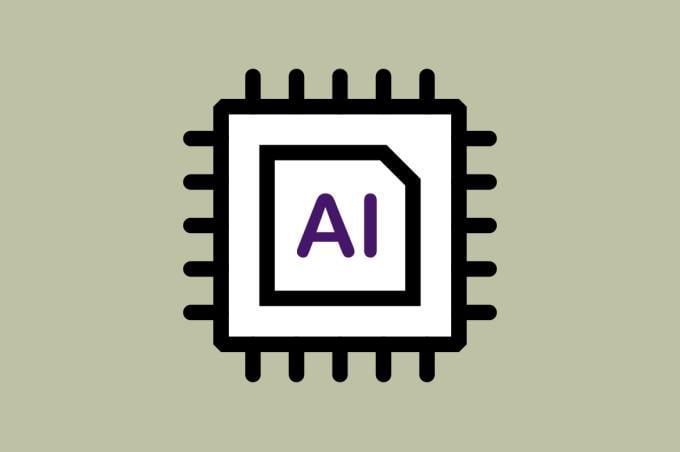An increased emphasis on the promise of digital health will cause our profession to shift and evolve at a rate far outpacing years past. Today, as physicians, more of our patients expect us to deliver a standard of care customized to their needs in a manner suited to their personal schedules and lifestyles. Three key trends are rising to the top of the digital health landscape:
- Consumerization of health care
- Access for underserved communities
- Application of big data
Digital health is here to stay and physicians across specialties and practices of all sizes have an opportunity to use it to their advantage.
The consumerization of health care
The retail health care model is being highlighted as the future of patient care. Most recently, Amazon was identified as one entity that could revolutionize health care across access delivery and reimbursement. While some patients may seek, or even prefer, a digital app-based experience for a diagnosis or prescription, it is important for us to keep in mind the diversity of our patients, even within a given practice, in terms of social-economic status, age and other attributes. Care delivery and insurance coverage needs or expectations are not the same for a Millennial considered middle class, living in an urban setting as they are for a low-income single parent living in an urban setting.
We need to be mindful to avoid overgeneralizations that can come with the consumerization of health care and guide the development and implementation of digital health solutions so we avoid developing new health care deserts.
Delivery of health care to underserved populations
Access to health care remains a significant challenge for many individuals in the United States. While digital health solutions offer many benefits, the idea that new apps or breakthroughs in telemedicine will address access issues for all is naïve. Patients come from a variety of backgrounds and demographics, are located in rural and urban settings, and manage a range of family and work dynamics. In some cases, technology can be used to bridge gaps in care, but it should not be considered a one-size-fits-all solution.
Recently, NPR featured a story about the popularity of an app that allows women in rural areas to easily order and receive birth control pills. This app increases the convenience of accessing birth control in locations in which women may otherwise have to drive hours to see a physician and obtain a prescription. However, it could also be putting women at disadvantage by replacing an in-person physician visit and one-on-one conversation about their reproductive health with an app that cannot piece together seemingly unrelated symptoms that could indicate a health concern.
On the other hand, telemedicine can positively affect some patient populations. For example, a low-income patient may choose to skip seeing a doctor because they cannot afford missing a shift at work, but access to telemedicine could allow them to see a physician via a 20 minute video call on their lunch break.
As physicians, we have a responsibility to our patients to provide personalized solutions, adaptable to their needs, which do not compromise the quality of care they receive. Digital approaches offer new opportunities to meet these evolving needs.
Big data’s role in health outcomes
Health care data is a highly sought after commodity, with organizations increasingly seeking to harness and interpret what they, and others, collect. It is important for the focus to be on the right big data in order for us to have an impact on health outcomes. Despite the focus on adoption and integration of electronic health records, only a fraction of health data that exists comes from these sources.
The majority of data impacting health are social or behavioral in nature and are tracked. We need solutions that make it possible for our patients to share it.
Physicians have an obligation and opportunity to expand our view of what the “right” data is and how we collect it. By applying a thoughtful approach to big data analysis, we will be better able to predict optimal treatment for an individual earlier in the process. Through these efforts, we have the potential to achieve positive, quality health outcome at a cost point that’s sustainable.
Big data has tremendous potential, but there’s still much progress to be made. We do not yet have access to the all of the right data to affect meaningful change or train artificial intelligence technology to provide information that will effectively and efficiently improve health outcomes.
As you consider how digital health fits into your practice, helpful resources include the AMA Physician Innovation Network and the Integrated Health Model Initiative (IHMI). The Physician Innovation Network is a matching platform to connect physicians and health tech companies to collaboratively develop and improve health care technology solutions. IHMI promotes health equity by supporting the use and interoperability of essential data to define patients’ needs as individuals and allow for data to express the complete picture of a patient’s state, function and goals as well as social determinants of health.
An organization leading the charge to ensure health technologies meet the needs of end users in a responsible way is Xcertia. Their framework of principles will guide the development of safe, effective and reputable health technologies, which will positively affect the trajectory of the mobile health app market. Xcertia invites other organizations and individuals to join the collaboration and add their expertise to the development of guidelines for mobile health apps.
While the evolution of digital health is happening at a swift pace, we are constantly discovering ways to prepare and move toward the change in a positive manner that will benefit patients and our practices alike. Education and awareness of the opportunities and challenges of digital health are key to staying ahead of the curve and guiding our patients through this change.
Digital technology and health care resources
- Digital health study: Physicians, motivations and requirements for adopting digital clinical tools (PDF)
- Telemedicine
- MATTER




